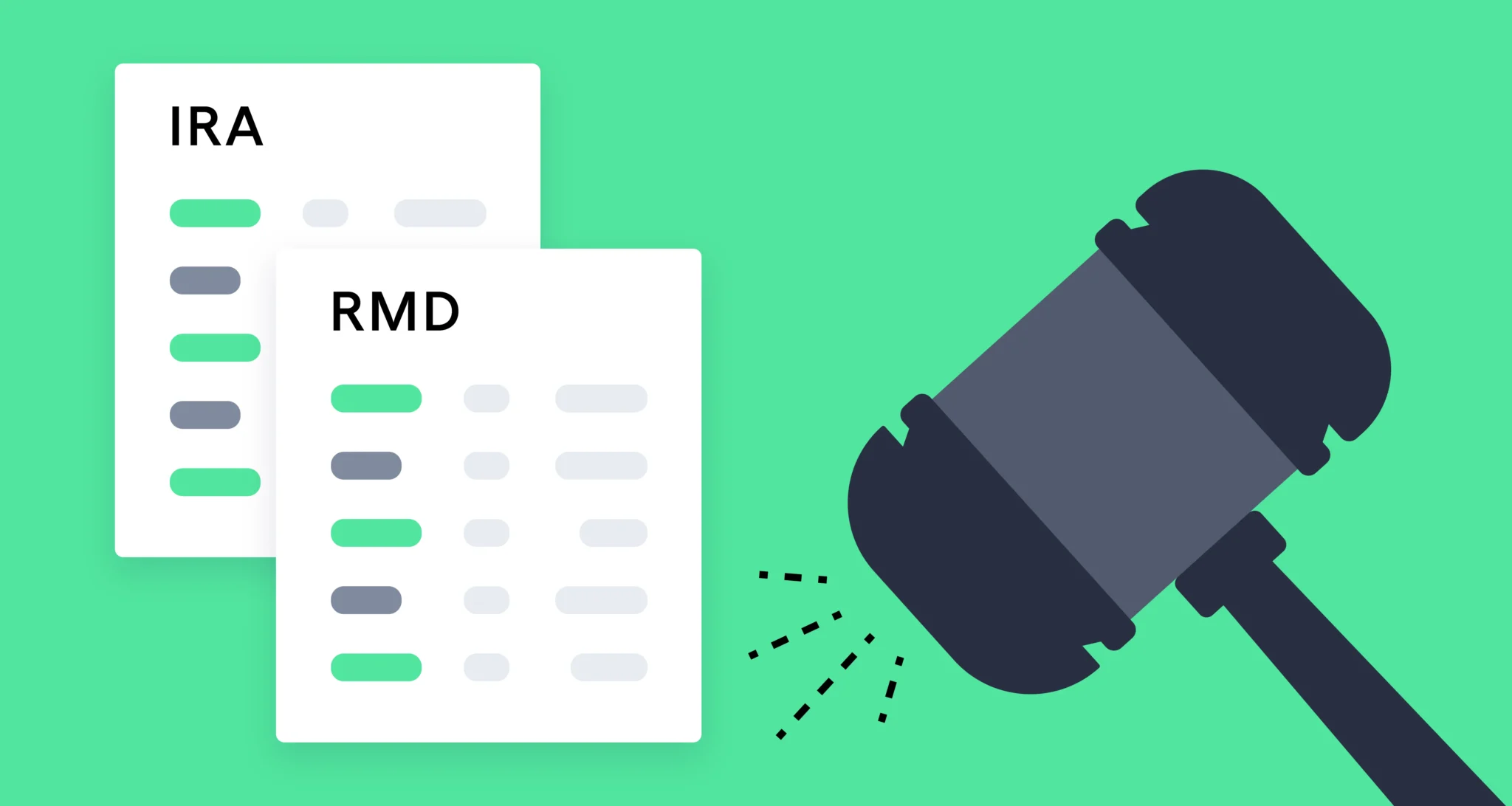 Vanilla
Vanilla
Breaking Down the IRS’s New Ruling on IRA RMDs

A new IRS ruling issued on July 18, 2024 cleared up lingering confusion around inherited individual retirement accounts (IRAs) and required minimum distributions (RMDs). Here’s a quick overview of why this long-awaited ruling was necessary and what it can mean for the beneficiaries of IRAs going forward.
Summary
In short, the new IRS ruling says that non-eligible designated beneficiaries (which includes most non-spousal beneficiaries) of inherited IRAs from someone who died on or after their Required Beginning Date (RBD) do have to take the annual RMD each year after an inheritance, and that the account must be fully depleted at the end of the 10-year period. In other words, beneficiaries in this group may not wait until the end of the 10 years and withdraw the full amount as a lump sum.
Background info: The SECURE Act
To fully understand this update from the IRS, we need to go back to 2019 when the SECURE Act (Setting Every Community Up for Retirement Enhancement Act) was signed into law with the goal of creating greater retirement security for aging Americans.
The SECURE Act made several changes to existing retirement savings plans, including the elimination of “stretch IRAs.” Before the act was passed, non-eligible designated beneficiaries could “stretch” inherited IRA withdrawals over their lifetime. Under the SECURE Act, IRAs must be fully withdrawn within 10 years of the original account holder’s death for most non-eligible designated beneficiaries. The primary implication of this is that the compressed timeline could result in higher taxes for the beneficiary.
Why are people confused?
Under the language of the original SECURE Act, it was unclear whether non-eligible designated beneficiaries (including most non-spousal beneficiaries) of inherited IRAs where the original account owner died on or after their RBD had to take the required minimum distribution (RMD) for each of the 10 years immediately following the original account holder’s death, or if they could wait and withdraw the entire lump sum at the end of the 10 year period.
This lack of clarity meant that, since the original ruling in 2019, some beneficiaries have been taking RMDs from inherited IRAs and some have not.
The new ruling from the IRS
With the July 2024 ruling, the IRS has clarified that non-spousal beneficiaries who fall in the non-eligible designated beneficiary group are required to take an annual RMD from the account for the 10 year period following the original account holder’s death if the original account holder died on or after their RBD. The account must also still be fully depleted at the end of the 10th year.
Because of the widespread confusion surrounding the original SECURE Act legislation, the new ruling also granted a grace period from 2021 to 2024 for beneficiaries who have not been taking the RMD. This waves penalties that might have been incurred for missing distributions.
The new ruling requiring non-spousal beneficiaries to take RMDs will go into effect in 2025.
Exceptions to the ruling
There are some exceptions and exemptions to required minimum distributions and the 10-year rule. Primarily, if the account holder passed away before their RBD, the beneficiaries have more flexibility for withdrawals within the 10-year window, namely that they do not have to take annual RMDs. However, the account must still be fully depleted within a decade of inheritance.
Additionally, some beneficiaries are exempt from the 10-year rule altogether. These include:
- Surviving spouses
- Minor children
- Individuals with disabilities or chronic illnesses
- Beneficiaries who are not more than 10 years younger than the original account holder
What it all means
Put plainly, the majority of IRA beneficiaries will no longer be able to minimize taxes by stretching withdrawals out over an extended period of time. This means many beneficiaries could face higher tax rates and need to plan accordingly.
If you or a client has an IRA-heavy estate, planning ahead is the best way to ensure beneficiaries aren’t saddled with hefty tax burdens in the future. To learn more, read 3 Income Tax Optimization Strategies for IRA-Heavy Estates.
Published: Aug 01, 2024
Holistic wealth management starts here
Join thousands of advisors who use Vanilla to transform their service offering and accelerate revenue growth.

